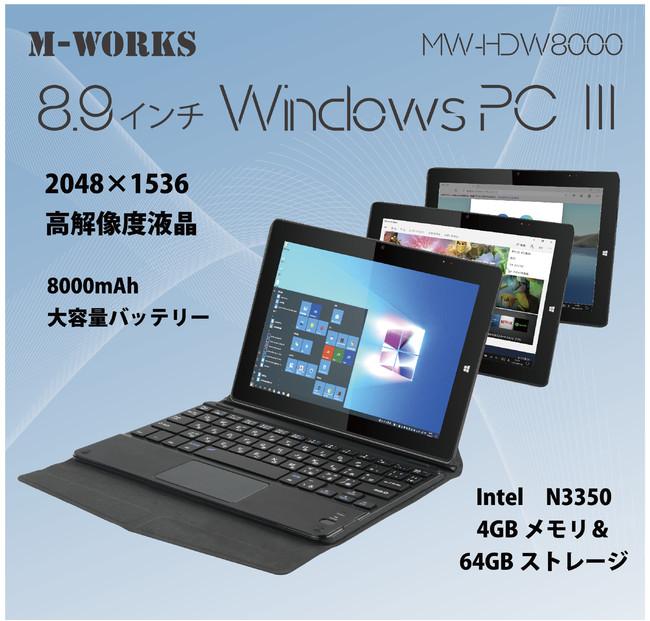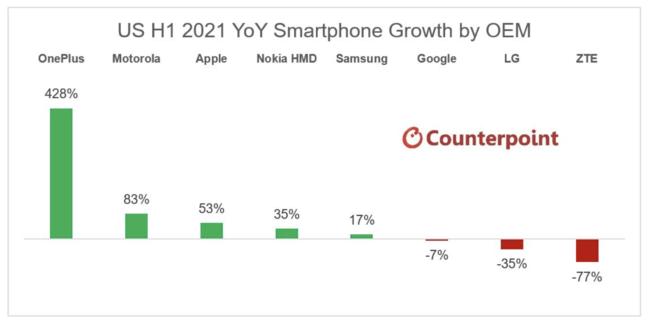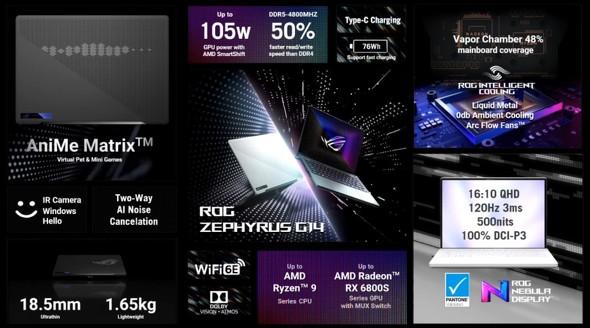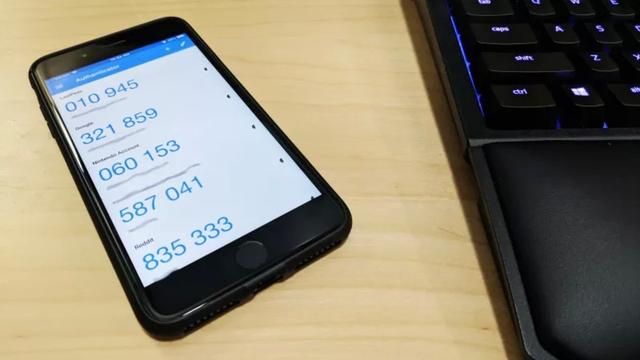How to return your Mac to factory default [for macOS Big Sur]
MacBook Pro 16inch
Here's how to get your Mac back to its factory state.
- Erase disk (volume)
- Reinstall macOS using the built-in "macOS Recovery" on your Mac
Returning to the factory default state does not mean that it will return to the exact same state. Even if the operating system installed at the time of purchase is "OS X 10.9 Mavericks", if the version you are currently using is "macOS 11 Big Sur", the OS will be "macOS Big" even if you restore it to the factory default state. It becomes "Sur".
Also, the working method differs depending on the operating version. The detailed method is summarized in "Erase and reinstall macOS-Apple Support", so basically follow Apple's instructions.
Restoring to factory defaults is useful not only when your Mac is sick, but also when you suspect a malware infection. Some people may have had their credit cards misused without their knowledge, but some of them have no idea of the route of information leakage. Macs are seen to be less infected with malware than Windows, but they are still at risk. Security software may not be able to detect it, so you can rest assured that you can reset it to factory default and set it up again to reduce the risk.
Make a backup in advance
Obviously, the volume will be deleted and reinstalled, so all data will be erased. It is necessary to make a backup of data that should not be erased before returning to the factory default state.
Even the average portable USB-HDD has a capacity of several terabytes. It's big enough to copy the entire home directory and below. If you're worried, it's a good idea to back up everything under your home directory. If you don't know how to make a backup or don't know how to restore from a backup, you shouldn't do the work of returning to the factory default state. Talk to your service vendor, such as using a support service.
Reset your M1 Mac to factory default
Work in a situation where you can connect to the Internet.
![How to return your Mac to factory default [for macOS Big Sur] Macを工場出荷時へ戻す方法【macOS Big Surの場合】](https://website-google-hk.oss-cn-hongkong.aliyuncs.com/drawing/article_results_9/2022/3/9/3d58918f4766f91495d6bdaa5120f3d0_1.jpeg)
The first steps to restore the factory settings are different for M1 Mac and Intel Mac. On the M1 Mac, work as follows (for macOS Big Sur):
- Apple menu: Select "System Shutdown ..." → "System Shutdown"
- After shutdown: Press and hold the power button and wait until the "Options" selection screen is displayed → "Options" → "Continue" → Select a user → Enter the password → "Continue"
Reset Intel Mac to factory default
On an Intel Mac:
- Apple menu: Select "Restart ..." → "Restart"
- Start restarting the system: Press and hold "⌘" + "R" until the apple mark is displayed.
Subsequent work is the same for M1 Mac and Intel Mac.
Erase volume
Erase an existing volume using Disk Utility as follows: If you haven't backed up yet, restart it, back up your data, and then work again.
- Select "Disk Utility" and press "Continue"
- Disk Utility: Select the target volume → "APFS" → "Clear Volume Group" → "Finish"
- Disk Utility: "Disk Utility"-> "Exit Disk Utility"
Reinstall macOS
Reinstall the operating system as follows.
- Select "Reinstall macOS Big Sur" and press "Continue"
- Reinstall macOS Big Sur: "Continue"-> "Agree"-> "Agree"-> "Macintosh HD"-> "Continue" ... Follow the instructions to install
I don't think the reinstallation work itself will take time. Follow the instructions to complete the reinstallation. When the reinstallation is completed, it will return to the factory default state.
Setup at first startup
If you start your Mac in this state, it will be in the state of performing the initial setup as shown in the screenshot below. Follow the displayed instructions to set up and get your Mac ready for use.
Once set up, your Mac is ready to use.
Perform a software update
Perform a software update first. Select "About This Mac" from the Apple menu.
Select "Software Update" and then "Update Now".
From a security point of view, it's a good idea to apply the update immediately.
I will continue to use my Mac
After returning the Mac to the factory default state, I would like you to do the first maintenance by referring to "What you want to do first when you buy an M1 Mac [Basic] | TECH +".
Once you've purchased and used a Mac or Windows, it's usually unlikely that you'll get it back to its factory state. I think that even advanced users who are familiar with PCs do not do much. If you need to restore the factory settings, you'll usually consider buying a new Mac or PC.
However, there is a possibility that the software problem can be solved by taking the method of returning to the factory. If I can use the Mac I've been using so far, I'd like to continue using it. I hope you will know that there are such means.

![How to return your Mac to factory default [for macOS Big Sur]](https://website-google-hk.oss-cn-hongkong.aliyuncs.com/drawing/article_results_9/2022/3/9/3d58918f4766f91495d6bdaa5120f3d0_0.jpeg)
![10th generation Core i5 equipped 9.5h drive mobile notebook is on sale at 50,000 yen level [Cool by Evo Book] 10th generation Core i5 equipped 9.5h drive mobile notebook is on sale at 50,000 yen level [Cool by Evo Book]](https://website-google-hk.oss-cn-hongkong.aliyuncs.com/drawing/article_results_9/2022/3/9/4a18d0792cae58836b71b9f591325261_0.jpeg)





![[Amazon time sale in progress! ] 64GB microSD card of 1,266 yen and wireless earphone with noise canceling function of 52% off, etc. [Amazon time sale in progress! ] 64GB microSD card of 1,266 yen and wireless earphone with noise canceling function of 52% off, etc.](https://website-google-hk.oss-cn-hongkong.aliyuncs.com/drawing/article_results_9/2022/3/9/c88341f90bab7fe3ce1dc78d8bd6b02d_0.jpeg)
